Teufelsberg, which means “Devil’s Mountain” in German, is a man-made hill nestled in the Grunewald area of Berlin, Germany. It sits within the Grunewald Forest, rising about 80 meters (260 feet) above the nearby Teltow plateau and reaching an elevation of 120.1 meters above sea level. The name is inspired by the Teufelssee, or Devil’s Lake, located nearby.
At the summit of this hill, the US National Security Agency (NSA) established one of its largest listening stations, believed to be part of the global ECHELON information-gathering network. This facility was situated in the British Sector and was colloquially referred to as “The Hill” by the numerous American soldiers who worked there tirelessly, traveling back and forth from their lodgings in the American Sector.
In July 1961, after scouting various locations across West Berlin for optimal surveillance of military communications from Soviet, East German, and other Warsaw Pact nations, mobile Allied listening units began operations on Teufelsberg. They discovered that the hill’s elevation significantly improved their ability to intercept signals. This finding led to the construction of a substantial structure atop the hill, which eventually fell under the purview of the NSA. Work on a permanent facility began in October 1963.
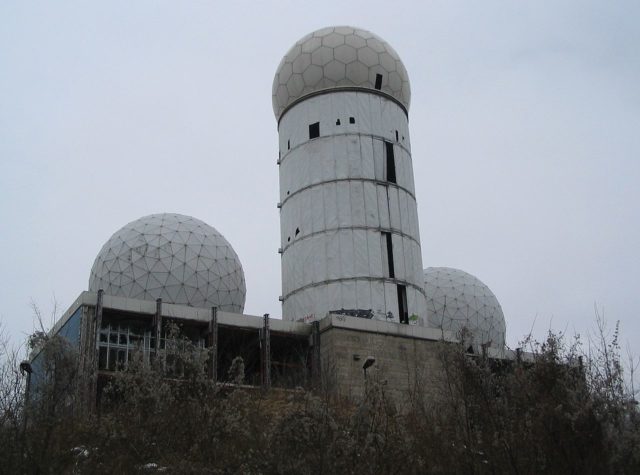
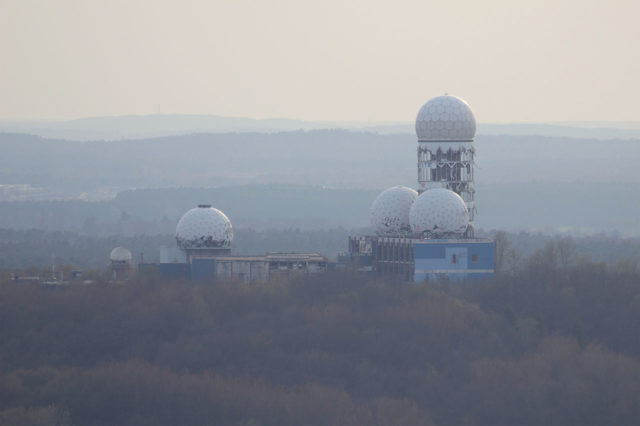
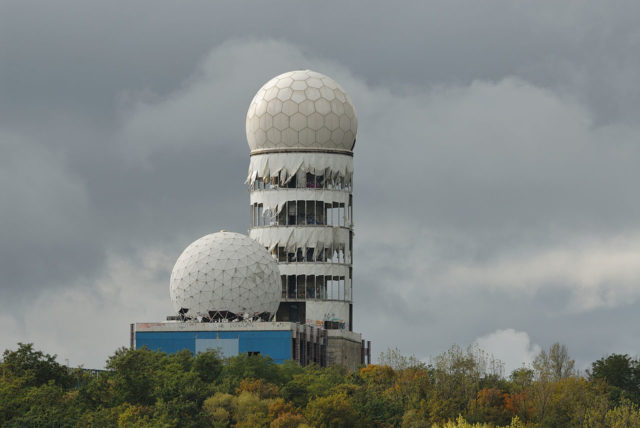
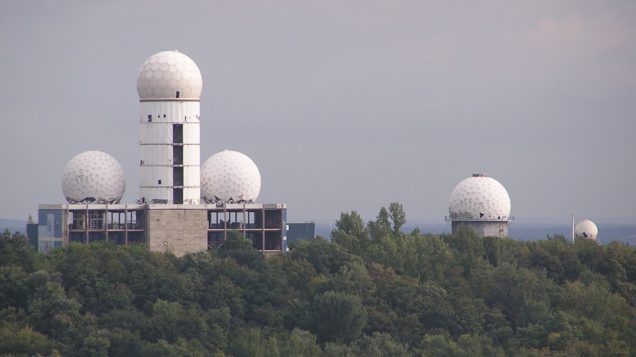
Interestingly, ski lifts on the hill were dismantled at the request of the US government due to concerns about communication interference. The station remained active until the fall of East Germany and the Berlin Wall, after which it was decommissioned and its equipment removed. However, the buildings and radar domes remain standing.
During the NSA’s operations, some peculiar phenomena occurred. It was noticed that radio signal reception varied throughout the year. The culprit was eventually identified: the Ferris wheel of the annual German-American Volksfest Festival on Zehlendorf’s Hüttenweg.
The Ferris wheel was left standing after the festival. Rumors circulated that the Americans had dug a tunnel beneath the ruins, but this was never confirmed and likely stemmed from reports that those maintaining equipment in one of the initial enclosed antenna structures accessed the upper levels of the inflatable dome through an airlock connected to a “tunnel” within the central column of the structure.
Various speculations emerged about the contents of this limited area, often resulting in detailed yet inaccurate stories. Some believed the “tunnel” served as a hidden escape route, while others thought it housed a submarine facility.
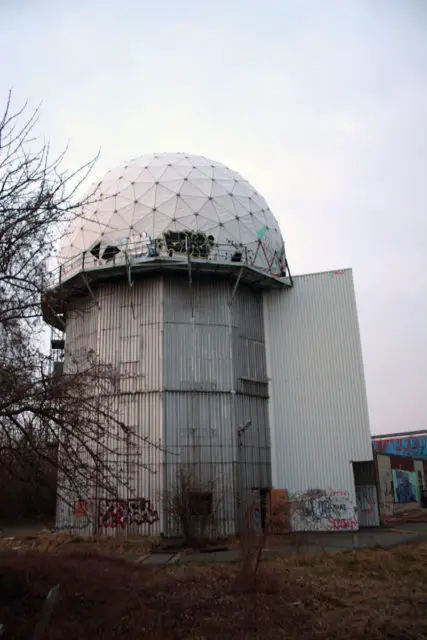
In the 1990s, during Berlin’s post-reunification economic boom, a group of entrepreneurs purchased the former listening station site from the City of Berlin with the intention of developing hotels and apartments. The site was considered valuable for preservation as an espionage museum. However, due to the construction frenzy in Berlin, the Teufelsberg project became financially unviable and was abandoned. The city contemplated purchasing the hill in the early 2000s, though the $50 million mortgage on the property raised doubts. Vandalism increased once the project was abandoned, leading to the site being fenced off and secured. Guided tours were offered until September 1st, 2015.
Today, the area is open for visits to witness graffiti art and explore the domes, as it has been transformed into a hub for artists and a communal space. It’s important to note that the facility’s safety standards are not optimal (although better than when it was neglected). The terrain is uneven, strewn with broken glass and debris. The main dome is accessible by ascending a dark staircase within the building. The current admission fee is €7, payable at the main entrance gate.
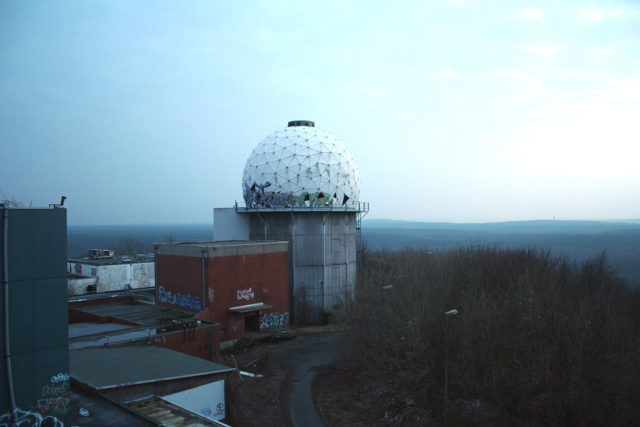
Although plans to demolish the facility and reforest the hill were proposed, discussions about preserving it resurfaced in 2009, led by the Field Station Berlin Veterans Group. They aim to dedicate the memorial to Major Arthur D. Nicholson, the last military Cold War casualty, who was fatally shot by a Russian sentry near Ludwigslust on March 24, 1985. No further developments occurred after 2004, and in 2006, the hilltop was designated as a forest in Berlin’s land use plan, preventing further construction.